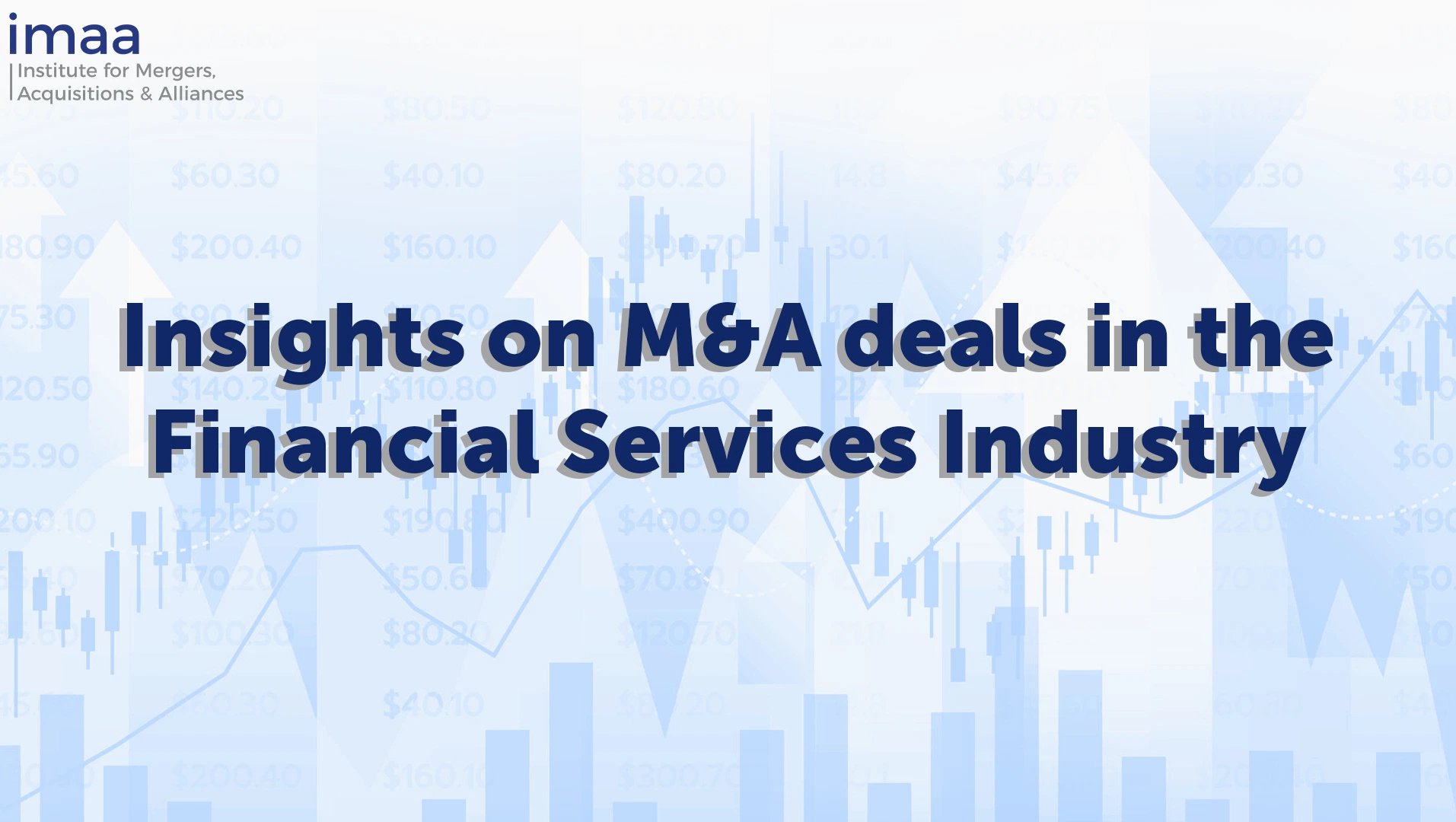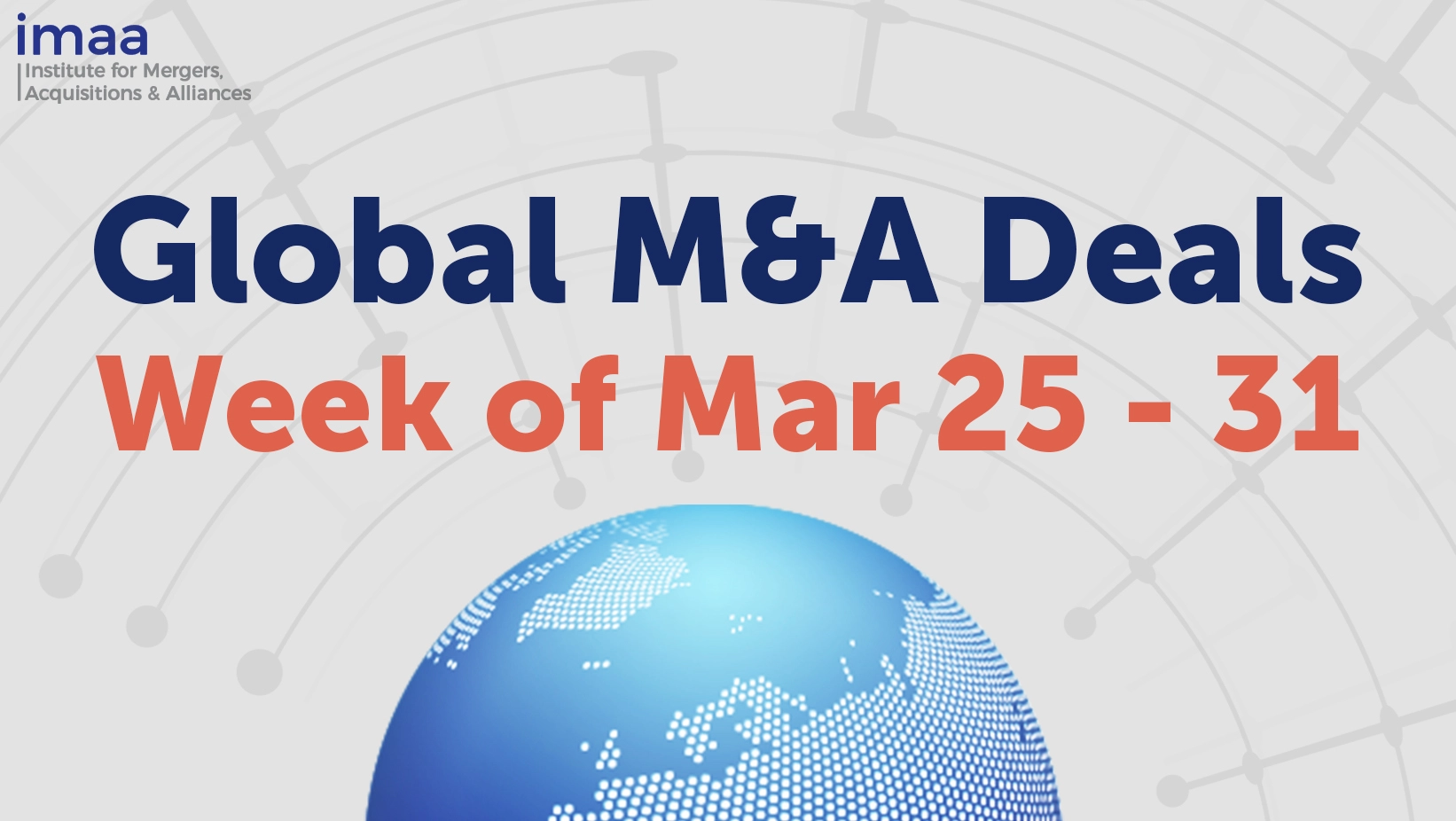
By Ravi Chanmugam, Pat Anslinger and Milyae Park – Accenture
Twenty years ago, few companies made acquisitions a key element of strategy; acquisitions were often an afterthought or episodic. Today, the world has changed. Some companies do 25 deals a year, and others look to achieve 50 percent or more of their growth from acquisitions. A recent Accenture/Economist Intelligence Unit global survey shows that 70 percent of senior executives are either now undertaking or planning a merger and acquisition transaction within a year.*
There is no question the pent-up demand for mergers and acquisitions has been brought back to life. The convergence of low interest rates, debt availability, private equity and venture capital, cash infusions from initial public offerings and the perceived lack of organic growth opportunities has led to an increasing use of acquisitions as a bona fide growth strategy. (Fifty-four percent of survey respondents view mergers and acquisitions as being part of their companies’ growth strategy for value creation.)
Yet even with this increase in the number of deals, investors continue to be skeptical of mergers and acquisitions (M&A) as a value creator. Appropriately, companies are focusing more attention on the process used to ensure that acquisitions create not only growth, but measurable value. To fuel the right kind of growth and shareholder value creation, Accenture has found that high-performance businesses are willing to more actively pursue selected M&A and alliance transactions as supplements to organic growth. (Indeed, in contrast to the heady days of mega- mergers, our survey showed that 74 percent of respondents planned to acquire smaller companies.) The most successful acquirers are those that have the ability to extract value from the transaction and more effectively integrate and realize synergies.
Despite the dramatic increase in the number and size of today’s M&A deals, Accenture’s extensive experience helping companies with M&A integrations (more than 350 in the last five years) has shown us that many companies are using outdated approaches, especially toward post- merger integration. This trend has led to the dangerous attitude of taking the integration activity for granted as an operational to-do rather than viewing it as a value-creating phase of the M&A transaction.
Yesterday’s myths and today’s successful post-merger business practices
Along with the resurgence of mergers and acquisition activity we are seeing an acceptance of outdated approaches and a reliance on rules of thumb and dusty benchmarks. With this in mind, here are several of yesterday’s myths and today’s realities and best practices:
Myth: The post-merger integration process begins when the deal is closed.
Reality and new best practice: The probability of deal success goes up considerably when the key elements of post-merger integration are not only started before closing, but when the likely risks and challenges of the integration are considered at the very beginning of the M&A process—when the acquirer is deciding what to buy and what to pay. All of the elements that affect post-merger integration success, especially the culture of the companies, must be assessed and rolled into the synergy value (and price to pay) calculation.
Pre-merger planning has become especially critical as companies face pressure to deliver synergies as soon as possible. Yet companies often mistakenly believe that few, if any, integration activities can be done pre-close. In fact, much can be done to jumpstart the integration program during this period, using tools such as Accenture’s Intelligent Clean Room approach. The Intelligent Clean Room utilizes third party expertise in a secure environment to analyze sensitive and competitive data and information from the merging companies. The resulting analysis can be used to accelerate the decision-making process and the capture of synergies once the deal closes.
In essence, there should not be separate mergers and acquisitions and post-merger integration processes, but a holistic approach to the deal, from strategy to target identification and valuation to integration. This involves looking downstream at business information and IT systems, core processes, and the nuts and bolts of how things work–and in getting the people who know how to design and implement changes to these systems and processes involved up front, especially during the valuation stage.
Myth: There is one “best” way to conduct post-merger integration.
Reality and new best practice: Using the logic that any deal can be made to work if an exact approach is used, some companies follow by-the-book approaches to integration. Instead of using a one size fits all approach, the integration process must instead be customized to the specific transaction’s particular complexities and idiosyncrasies. These include differences in the timing needed to achieve synergies, whether synergies are cost- or revenue-based, delays due to regulatory approval, and the degree of overlap in geography and business practices.
What is needed is an organized and logical approach that includes all of the necessary steps and activities, but which is flexible enough to match the unique requirements of the deal. Furthermore, the entire focus of the process should be on value creation rather than just on integration. Companies that set—and track—specific synergy value targets are much more likely to create measurable value. In our experience relatively few companies conduct the necessary checkups to review the quality and success of their integration programs (63 percent of survey respondents either were not aware or say their organization does not measure executives against integration metrics). The “art” of post-merger integration has given way to a pseudo-science—and an important source of value creation is often squandered.
Myth: During the integration, make as few changes as possible to cultures and business practices.
Reality and new best practice: The old thinking is that so much is going on during the integration that wholesale changes to the ways of doing business should not be made. However, this approach misses a tremendous opportunity to take advantage of a ripe environment for change.
Change is always disruptive—but during integration, change is not only necessary, but expected. Why not take advantage of the disruption and make other planned or necessary changes? The integration period is an excellent time to rethink old ways of doing business and to create a clean sheet of cost structures, cultures, operational processes, and resource and technology requirements.
Myth: During the integration, create teams around functions and cost areas.
Reality and new best practice: This myth is half right—using integration teams to plan the integration activities is still the right way to do it. But while a key focus is (and should be) costs, companies often do not put enough focused effort against what really creates value for the new, combined company.
Post-merger integration teams should be focused on value drivers and not just cost functions. These drivers include core processes such as product design, marketing and supply chain management. There should also be a revenue team. Accenture M&A professionals have found that unless there is a dedicated plan for revenue retention, companies can lose one percent to two percent of their planned growth during integration—and it is very rare for this to be taken into consideration in the deal financials. The companies most successful at acquisitions put in place dedicated sales synergy teams that start integration strategies immediately.
In closing
These are just some of the new best practices for mergers and acquisitions. There are many more, especially on how the post- merger integration can be designed and optimized, and on structuring the day-to-day decisions that need to be made before and during the integration. Taken as a whole—and with an eye to achieving high performance—these new best practices can help acquirers take advantage of all that has been learned about post-merger integration.






